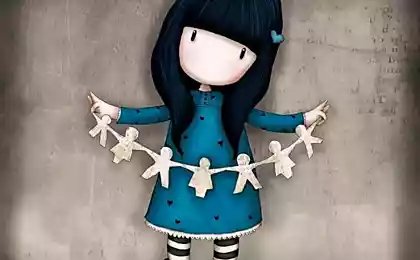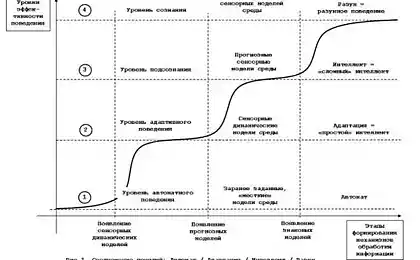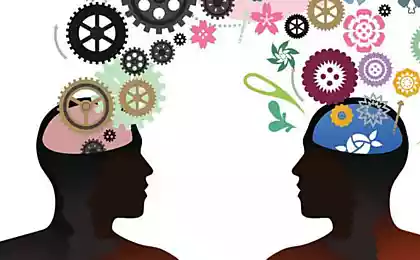289
Nonverbal communication: What our gestures and facial expressions say

Introduction
Nonverbal communication occupies a significant part of our daily communication. According to experts, up to 70% of information in a conversation is transmitted through gestures, facial expressions, postures and other forms of nonverbal signals. Understanding these signals helps improve interpersonal relationships, improve communication efficiency, and develop emotional intelligence. In this article, we explore the role of nonverbal signals in communication, their significance, and ways to improve nonverbal skills.
What is nonverbal communication?
Nonverbal communication includes all forms of communication without the use of words. This can be facial expressions, gestures, postures, intonation of the voice, eye contact and even the distance between the interlocutors. These elements play a key role in conveying emotions, intentions and moods.

Types of nonverbal signals
1. Gestures
Gestures are movements of the hands, head or other parts of the body that accompany speech and emphasize its meaning. For example, nodding your head usually means consent, while shrugging your shoulders means uncertainty or ignorance.
2. Mimics
Facial expressions reflect our inner emotions and moods through facial expressions. Smile, frown, surprise are all important nonverbal cues that help people understand each other better.
3. Position and posture
Position and body position can be indicative of our attitude to the interlocutor, the level of confidence and even how open we are to communication. Straight posture is often associated with confidence, whereas crossed arms can signal closure.
4. Eye contact
Eye contact plays an important role in establishing trust and understanding between people. Too frequent or too rare a look can create the wrong impression and affect the quality of communication.
5. Intonation and timbre of voice
The tone and timbre of the voice can convey emotions and intentions, even if the words remain neutral. For example, a raised tone may indicate outrage, and a soft voice may indicate concern.
The importance of non-verbal communication in communication
Nonverbal cues complement and amplify verbal information, helping to create a complete understanding between interlocutors. They can confirm what has been said, express inconsistencies or even contradict words, leading to misunderstandings. According to research, nonverbal communication plays a crucial role in establishing trust and building relationships.
For example, in negotiations, not only words are important, but also body language. Being able to read the nonverbal cues of a negotiating partner can provide a significant benefit and help you reach a better agreement.
Ways to Improve Nonverbal Skills
1. Mindfulness and self-observation
The first step to improving your nonverbal skills is to be mindful of your body language. Pay attention to your facial expressions, gestures and posture during communication. You can videotape yourself and analyze your nonverbal signals.
2. Learning body language
Learning the basics of body language will help you better understand other people and adjust your own nonverbal cues. There are many books and courses dedicated to this topic that can be a great resource for learning.
3. Active listening practices
Active listening includes not only attention to the words of the interlocutor, but also to his nonverbal signals. Maintain eye contact, nod your head, and use open gestures to show your interest and understanding.
4. Controlling emotions
Your emotions can strongly influence nonverbal signals. Learn to control your emotions to avoid unwanted signals, such as irritation or tension, that can negatively affect communication.
5. Feedback
Ask your loved ones to give you feedback about your nonverbal communication. This will help identify weaknesses and improve them.

Examples and studies
Numerous studies confirm the importance of non-verbal communication. According to a study published in the American Psychological Association, people often rely on nonverbal cues to assess their trust and sincerity.
Well-known experts such as Joe Navarro, a body language specialist and former FBI agent, emphasize that understanding nonverbal cues can significantly improve the effectiveness of communication in various areas of life – from personal relationships to business.
Conclusion
Nonverbal communication plays a key role in our lives, influencing how we perceive each other and how we are perceived. Conscious use of nonverbal signals can significantly improve the quality of your interactions, increase trust, and promote successful communication. Develop your nonverbal skills and you will notice how your communication changes for the better.
Personal growth through reading: How to choose books to develop yourself
Conflicts at work and at home: Psychological methods of their resolution























